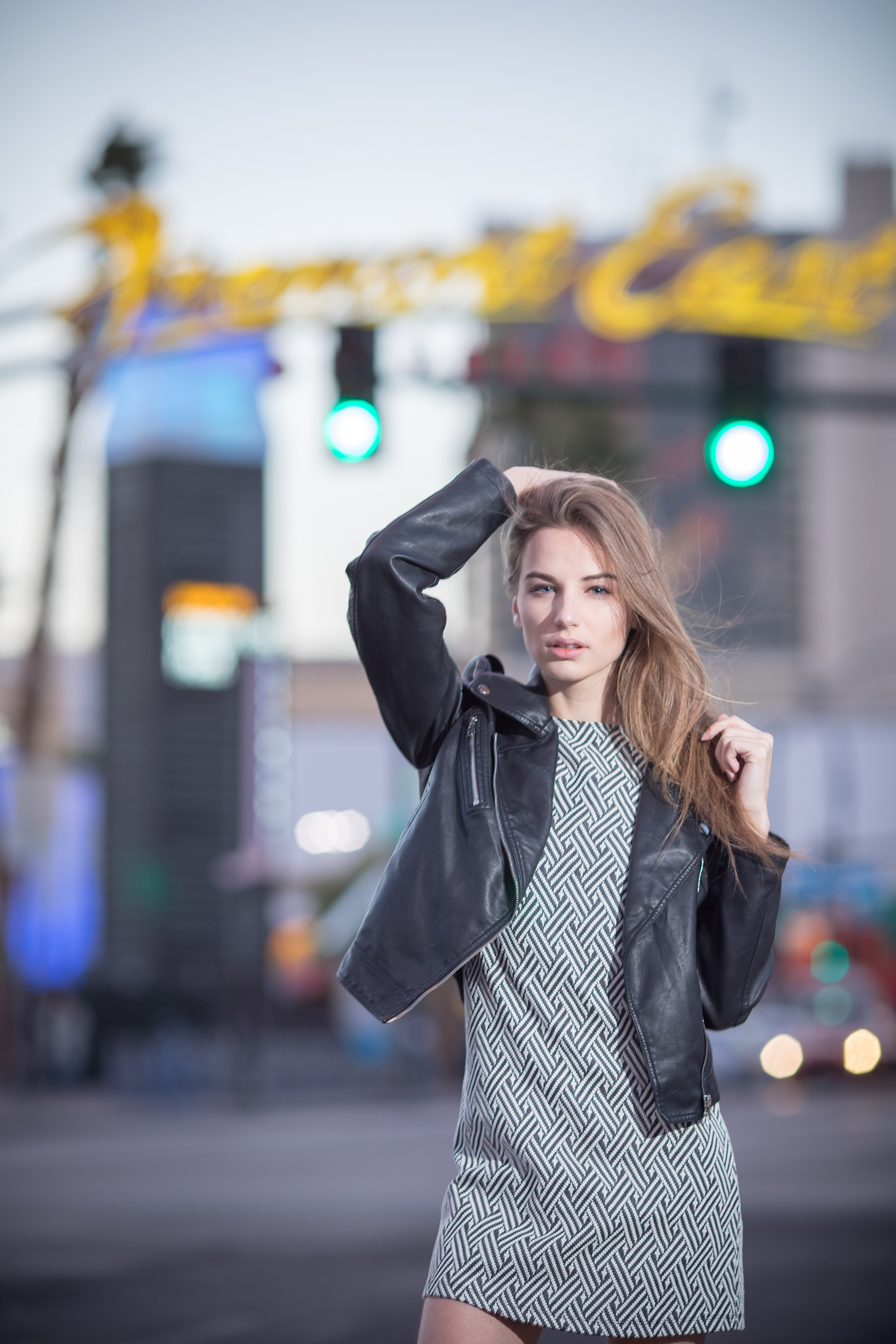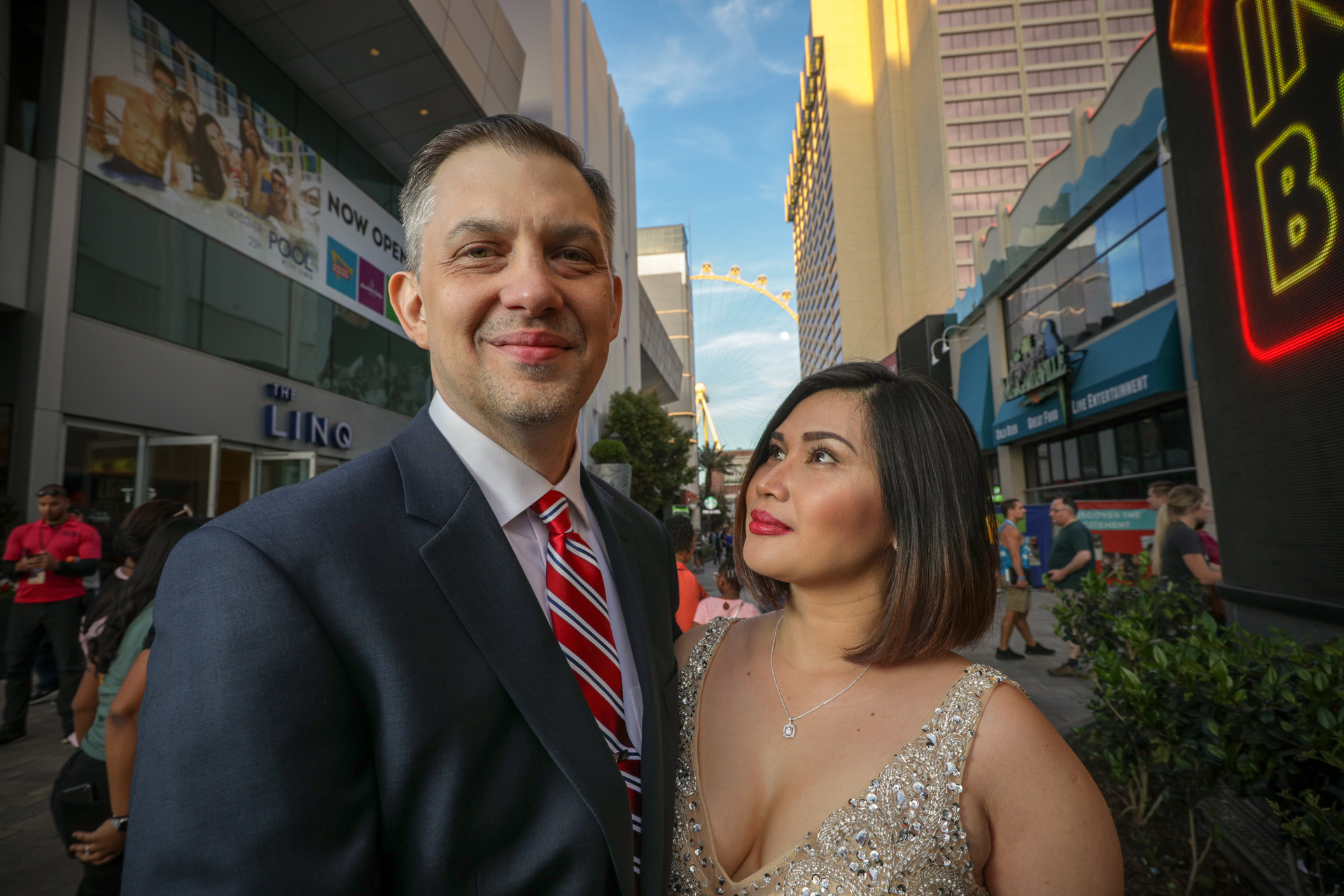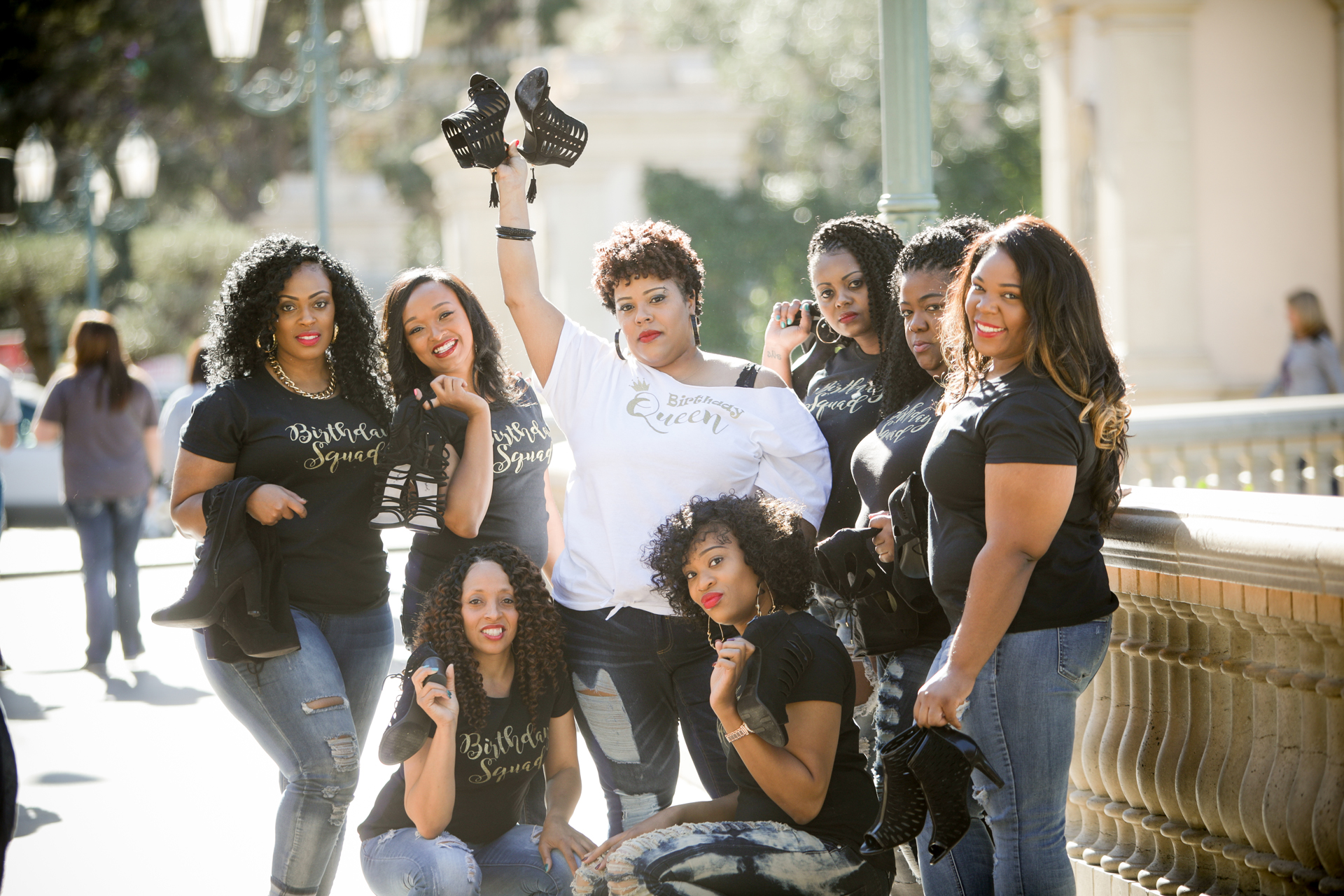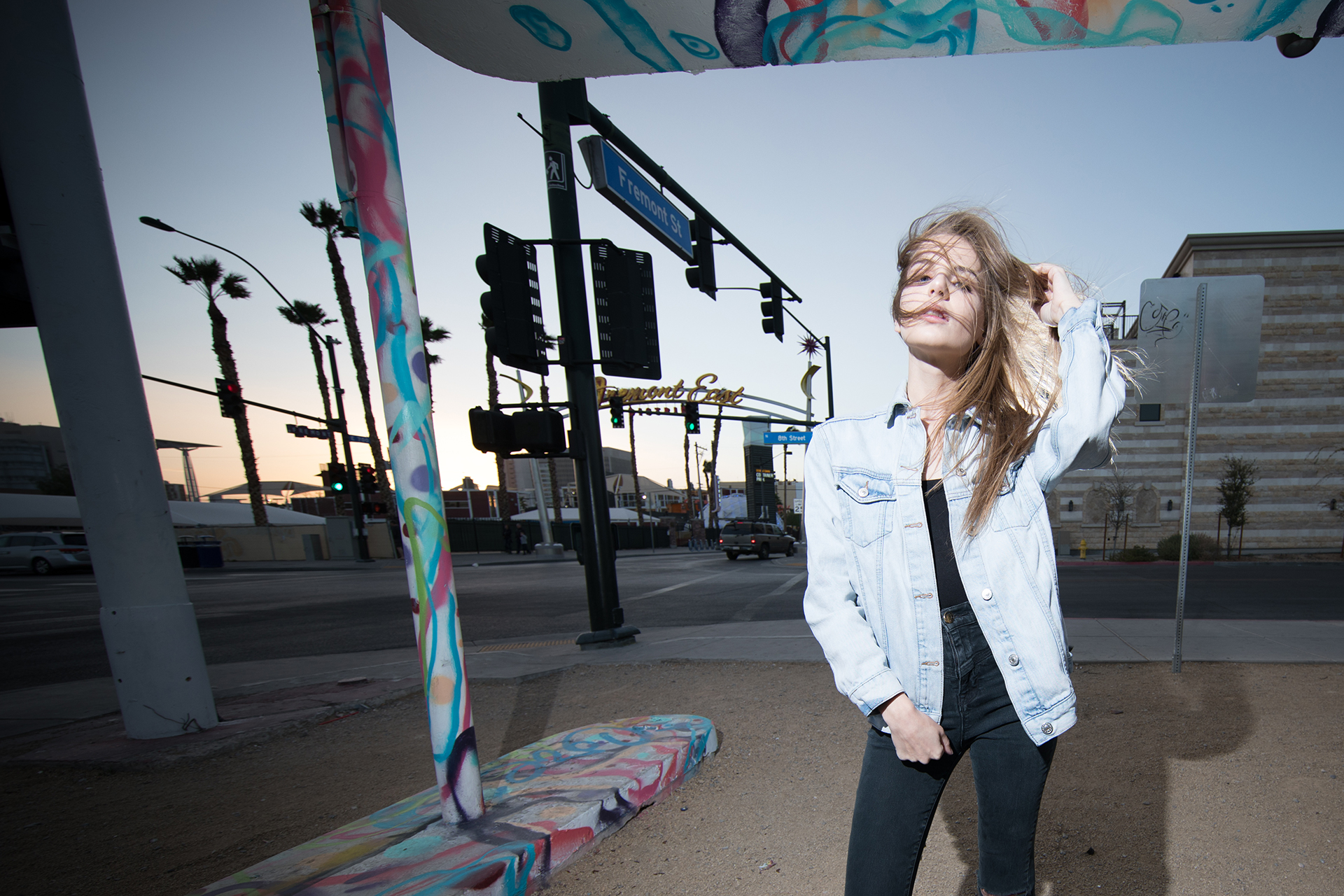A Picture is worth a thousand words
Yes, we know that’s cliche. And yes, we know you’re probably not visiting our site to read ambiguous idioms dating back to who knows when. Nonetheless, a picture is worth a thousand words.
Go into your phone and choose a random picture. Look at it and think about it. Is there a person in it? If so, who? Where was the picture taken? What was so captivating that you pulled out your phone to snap a shot?
The picture you’re focusing on–whether significant or not–carries with it some sort of memory. Good memory or bad memory, it doesn’t matter. That photo is a snapshot in time that tells some sort of story, and if you were to tell that story in person it’s possible you can get to a thousand words.
So, what is your story?
You can be the most interesting person alive, or a homebody who spends their evenings watching Netflix. It doesn’t matter, you still have a story to tell.
Maybe you’re attending your Grandma’s 95th birthday party, or going on a solo hike through Red Rock. It doesn’t matter, you still have a story to tell.
Your story matters to us, and we want to be your professional storytellers.
Anybody can pick up a camera, but a true photographer blends passion with technical skills to paint a picture that caters specifically to your desires.
In a world inundated with information, a single image has the power to captivate, tell a story, and convey emotions in a way that words sometimes fall short. This is the essence of the age-old saying ‘A picture is worth a thousand words’. Through its visual elements, a picture can convey complex ideas, evoke strong emotions, and create a lasting impact that resonates with viewers.
From advertising campaigns to social media posts, visuals play a pivotal role in capturing attention and engaging audiences. Brands across industries are harnessing the power of imagery to make their messaging more effective and memorable. Whether it’s a strategically chosen photograph, infographics, or creative illustrations, a well-crafted image can convey a brand’s values, mission, and personality in an instant.
The power of visual content – Visual content holds a unique power that words alone cannot match. Humans are inherently visual creatures, and studies have shown that our brains process images much faster than text. It is estimated that the human brain can process visual information 60,000 times faster than text. This means that a well-designed image has the potential to grab attention and convey a message almost instantly.
Furthermore, visual content has a higher potential for virality and shareability. Social media platforms, such as Instagram, Pinterest, and TikTok, thrive on visual content and have millions of users who actively engage with images and videos. By incorporating visually appealing content into your marketing strategy, you increase the chances of your brand being shared, liked, and commented on, resulting in greater visibility and reach.
The psychology of images – The power of visual content lies in its ability to evoke emotions and create a connection with the viewer. When we see an image that resonates with us, it triggers an emotional response that can influence our decisions and actions. This is because visuals bypass the rational part of our brain and directly tap into our emotions.
For example, a picture of a smiling child can evoke feelings of joy and happiness, making us more inclined to support a cause or purchase a product associated with that image. Similarly, a visually striking image can create a sense of curiosity and intrigue, compelling us to learn more about the brand or topic it represents.
Understanding the psychology behind images is crucial for creating visual content that elicits the desired response from your target audience. By considering factors such as color psychology, composition, and storytelling techniques, you can craft visuals that resonate with viewers on a deep emotional level.
Benefits of using visual content in marketing – Incorporating visual content into your marketing strategy offers numerous benefits that can greatly enhance the effectiveness of your campaigns. Firstly, visual content has the power to increase engagement. Studies have shown that social media posts with images or videos receive significantly higher engagement rates compared to text-only posts. By leveraging visual content, you can capture the attention of your audience, encourage interaction, and foster a sense of connection with your brand.
Secondly, visual content can improve information retention. Research has demonstrated that people remember visual information better than text-based information. By presenting information in a visual format, such as through infographics or diagrams, you can make complex concepts more digestible and memorable for your audience.
Additionally, visual content can enhance brand perception and recognition. Consistently using visuals that align with your brand’s aesthetics, values, and tone of voice helps to create a cohesive and recognizable brand identity. When your audience sees a visually appealing image that reflects your brand, they are more likely to associate it with your business and develop a positive perception of your brand.
Types of visual content – images, infographics, videos, and gifs
When it comes to visual content, there is a wide range of formats to choose from. Each format has its own strengths and can be used strategically to convey different types of messages and engage different types of audiences.
Images are perhaps the most common and versatile form of visual content. They can be used to showcase products, convey emotions, or tell a story. High-quality photographs, illustrations, or graphics can capture attention and communicate messages effectively.
Infographics are a powerful way to present complex information in a visually appealing and easy-to-understand format. By combining text, visuals, and data, infographics provide a comprehensive overview of a topic, making it more engaging and memorable for viewers.
Videos, whether short or long-form, have gained immense popularity in recent years. They can convey narratives, showcase products in action, or provide educational content.
Videos are highly shareable and can generate a strong emotional response from viewers.
GIFs, short animated images, are perfect for capturing attention and conveying emotions in a fun and dynamic way. They are often used in social media posts, emails, and blog articles to add a touch of humor or express reactions.
How to create visually appealing content – Creating visually appealing content requires a combination of creativity, design skills, and an understanding of your target audience. Here are some tips to help you create visually appealing content that leaves a lasting impression:
Know your audience: Understand the preferences and tastes of your target audience. This will help you tailor your visuals to resonate with them and create a stronger connection.
Use high-quality images: Invest in high-resolution images that are clear, sharp, and visually appealing. Blurry or pixelated images can detract from the overall impact of your visual content.
Incorporate branding elements: Ensure that your visuals align with your brand’s aesthetics, colors, and overall style. Consistency in visual branding helps to reinforce brand recognition and establish a strong brand identity.
Keep it simple and uncluttered: Avoid overcrowding your visuals with too much information or elements. A clean and uncluttered design allows the main message to shine through and makes it easier for viewers to understand and engage with your content.
Utilize white space effectively: White space, also known as negative space, is the space around and between elements in a design. It helps to create a visually balanced and pleasing composition, allowing viewers to focus on the main message.
Use color strategically: Colors evoke different emotions and have the power to influence perceptions. Use colors that align with your brand and evoke the desired emotional response from your audience.
Optimize for different platforms: Consider the platform or medium where your visual content will be displayed. Different platforms have different image size requirements and formatting guidelines. Ensure that your visuals are optimized for each specific platform to ensure the best possible display.
Optimizing images for SEO – In addition to creating visually appealing content, it is important to optimize your images for search engine optimization (SEO). Optimized images can improve your website’s visibility in search engine results pages (SERPs) and drive more organic traffic to your website. Here are some key optimization tips:
Use descriptive filenames: When saving your images, use descriptive filenames that accurately describe the content of the image. This helps search engines understand what the image is about.
Include alt text: Alt text is a brief description of an image that is displayed in place of the image if it cannot be loaded. It is also used by search engines to understand the content of an image. Be sure to include relevant keywords in your alt text, but avoid keyword stuffing.
Compress your images: Large image file sizes can slow down your website’s loading speed, which can negatively impact user experience and SEO. Compress your images without sacrificing quality to ensure fast loading times.
Use responsive design: Ensure that your images are responsive and adapt to different screen sizes. This improves user experience and helps with mobile SEO, as mobile usage continues to rise.
Add image captions and descriptions: Providing captions and descriptions for your images not only helps with accessibility but also provides additional context for search engines to understand the content of the image.
Using visual content on social media platforms – Social media platforms have become a visual playground, with millions of users actively engaging with visual content daily. Incorporating visual content into your social media strategy can help you stand out, increase engagement, and drive traffic to your website. Here are some platform-specific tips:
Instagram: Instagram is all about visually appealing content. Use high-quality images, employ visually consistent branding, and make use of Instagram’s features such as Stories, Reels, and IGTV to engage your audience.
Pinterest: Pinterest is a visual search engine that thrives on eye-catching images. Create visually appealing pins, use keywords in your pin descriptions, and optimize your boards to increase visibility and reach.
Facebook: Visual content on Facebook can help your posts stand out in a crowded newsfeed. Incorporate eye-catching images, videos, or gifs into your posts to capture attention and increase engagement.
TikTok: TikTok is a platform where short, creative videos shine. Use catchy visuals, trendy effects, and engaging storytelling to connect with the younger demographic that dominates TikTok.
LinkedIn: While LinkedIn is primarily a professional networking platform, visual content can still make an impact. Incorporate visually appealing images, infographics, or videos into your posts to stand out and drive engagement.
Tools and resources for creating visual content
Creating visually appealing content doesn’t necessarily require extensive design skills or expensive software. There are a plethora of tools and resources available that can help you create stunning visuals even if you’re not a professional designer. Here are some popular tools:
Canva: Canva is a user-friendly design tool that offers a wide range of templates, images, and design elements. It allows you to create professional-looking visuals without the need for extensive design skills.
Adobe Creative Cloud: Adobe Creative Cloud is a suite of professional design software, including Photoshop, Illustrator, and InDesign. These tools offer advanced features and customization options for creating visually stunning content.
Piktochart: Piktochart is a platform that specializes in creating infographics, presentations, and reports. It provides a variety of templates, icons, and charts to help you create visually appealing and informative infographics.
Unsplash: Unsplash is a popular platform for free, high-quality stock photos. It offers a vast library of images that can be used for a wide range of purposes, including blog articles, social media posts, and website design.
Giphy: Giphy is a platform where you can find and create animated gifs. It offers a wide range of gifs that can be used to add a touch of humor or express emotions in your visual content.
Case studies of successful visual content campaigns
To truly understand the power of visual content, let’s take a look at some inspiring case studies of brands that have leveraged visuals to create successful marketing campaigns.
Coca-Cola’s “Share a Coke”: Coca-Cola’s “Share a Coke” campaign utilized personalized labels with people’s names or terms of endearment. This campaign not only increased Coca-Cola’s sales but also created a strong emotional connection with consumers through the power of personalization.
Nike’s “Just Do It”: Nike’s iconic “Just Do It” campaign is known for its powerful visuals and inspiring messages. By featuring athletes and their stories, Nike was able to tap into the emotions of their audience and create a sense of empowerment and motivation.
Airbnb’s Instagram: Airbnb’s Instagram account is a prime example of how visual content can showcase the unique experiences and destinations that its platform offers. Through stunning photographs and user-generated content, Airbnb creates a desire to travel and explore, ultimately driving bookings and brand loyalty.
Red Bull’s extreme sports videos: Red Bull has built its brand around extreme sports and adrenaline-fueled activities. By creating visually captivating videos of athletes performing daring stunts, Red Bull has successfully positioned itself as a brand that embodies energy, excitement, and adventure.
These case studies demonstrate the power of visual content in capturing attention, evoking emotions, and creating memorable experiences for consumers.
Visual content has the power to transcend language barriers and connect with audiences on a deep emotional level. From images and infographics to videos and gifs, each form of visual content offers unique opportunities to engage and captivate your audience. By understanding the psychology behind visuals, optimizing your content for SEO, and leveraging the right tools and platforms, you can harness the true power of a picture to elevate your brand’s storytelling and create a lasting impact. So go ahead, embrace the visual revolution, and let your visuals speak a thousand words.
Call or text 702-530-4384 or email us at info@christianpurdie.com to book your Las Vegas photography session.



















